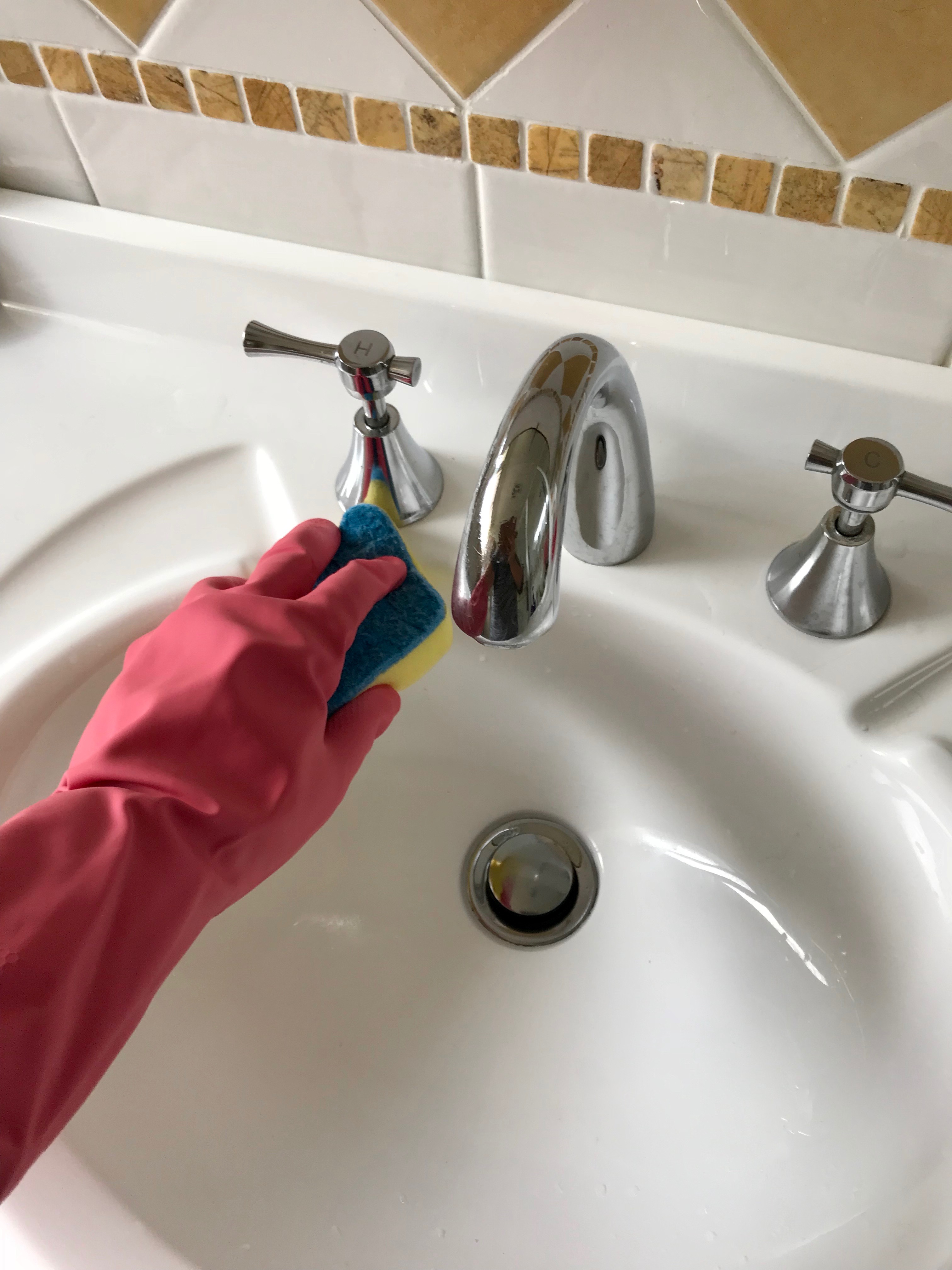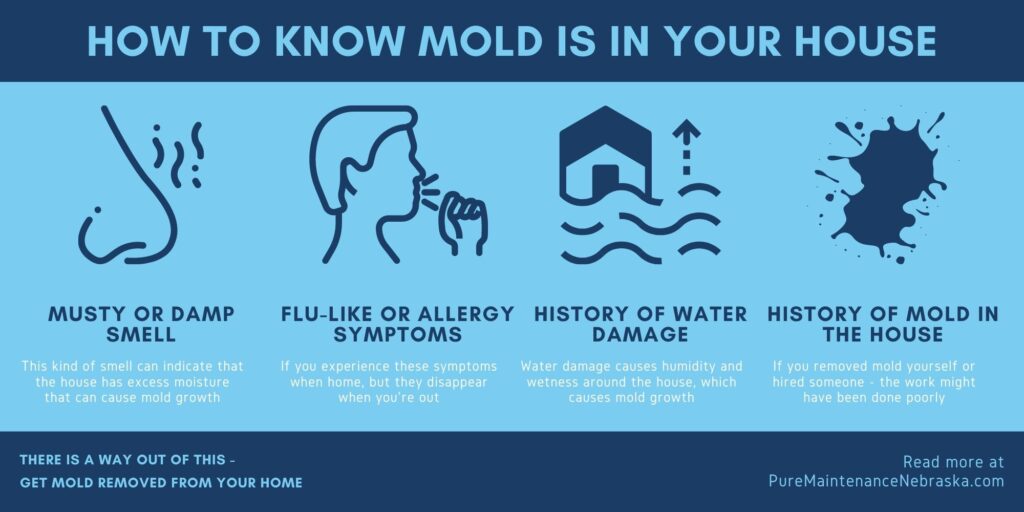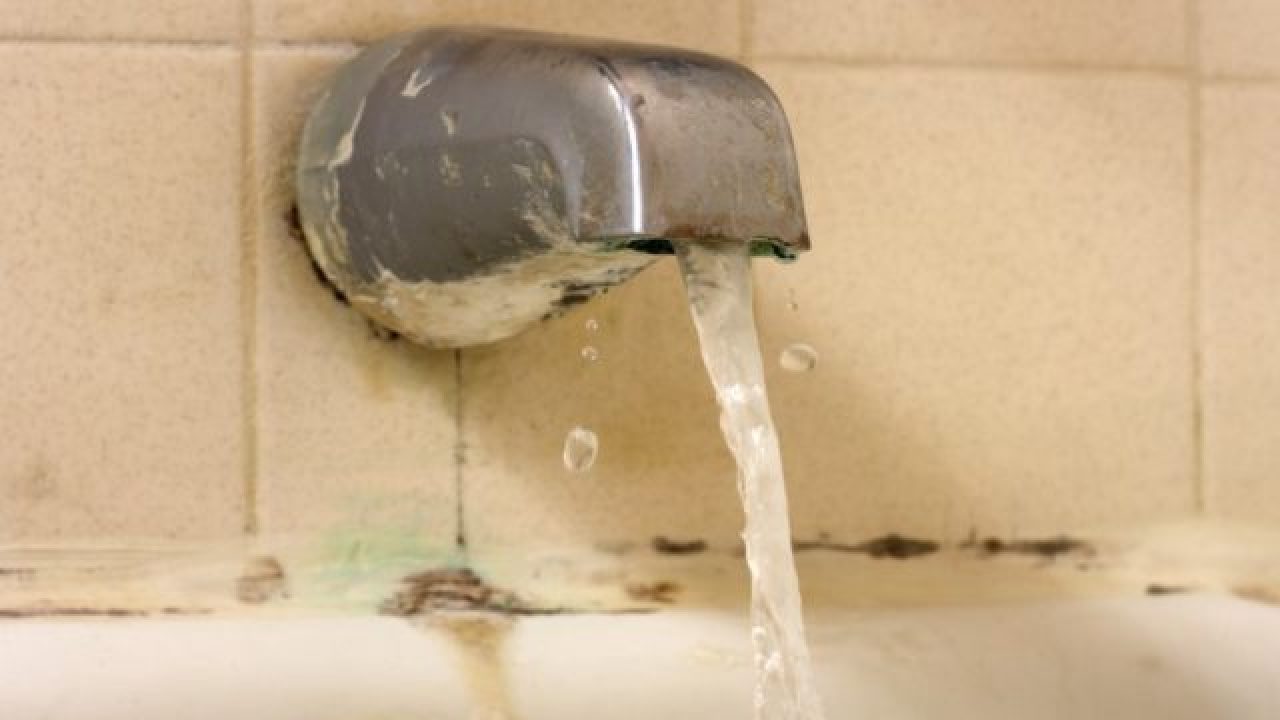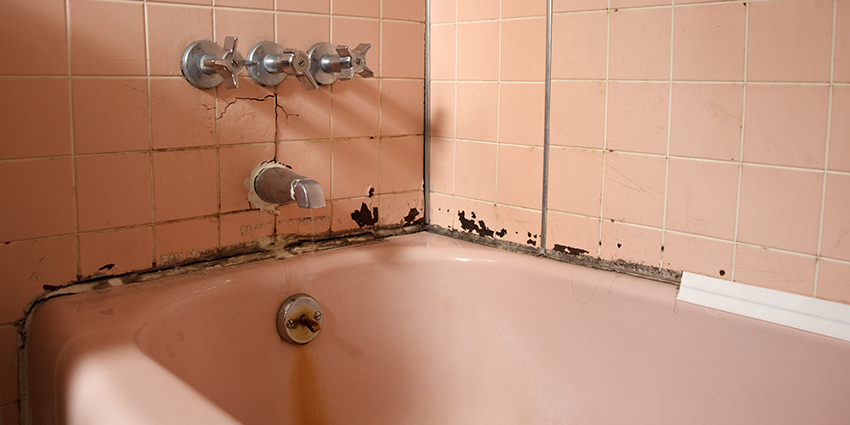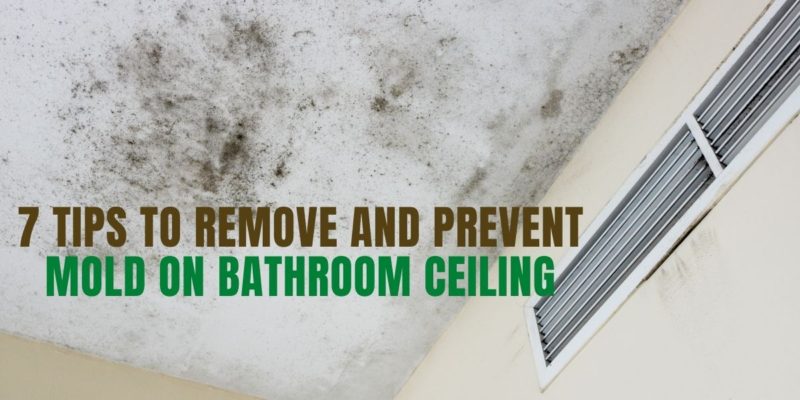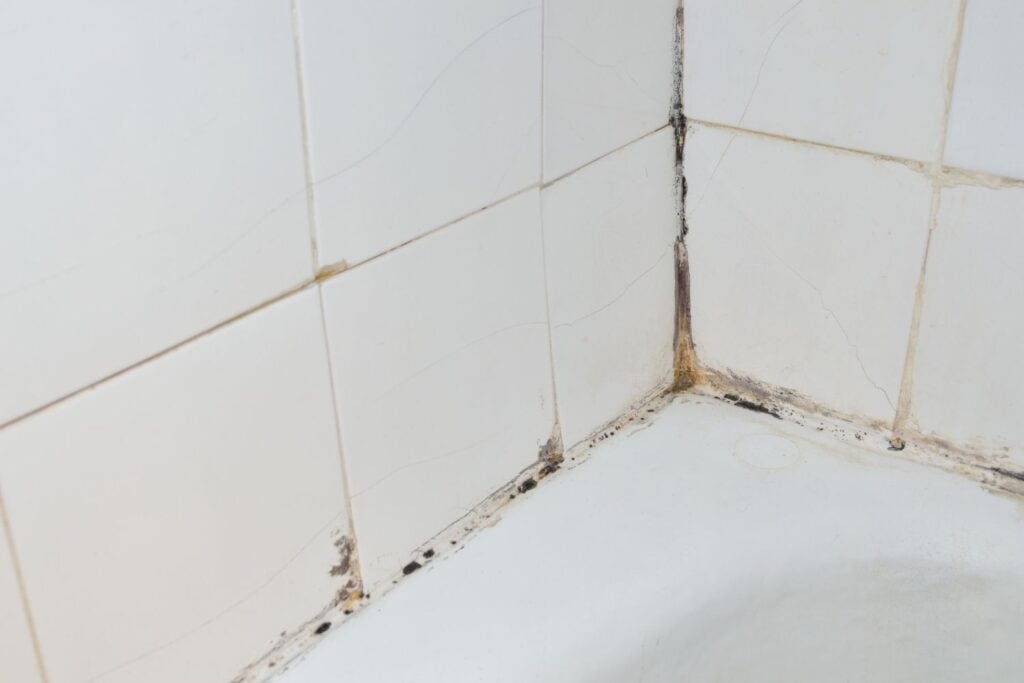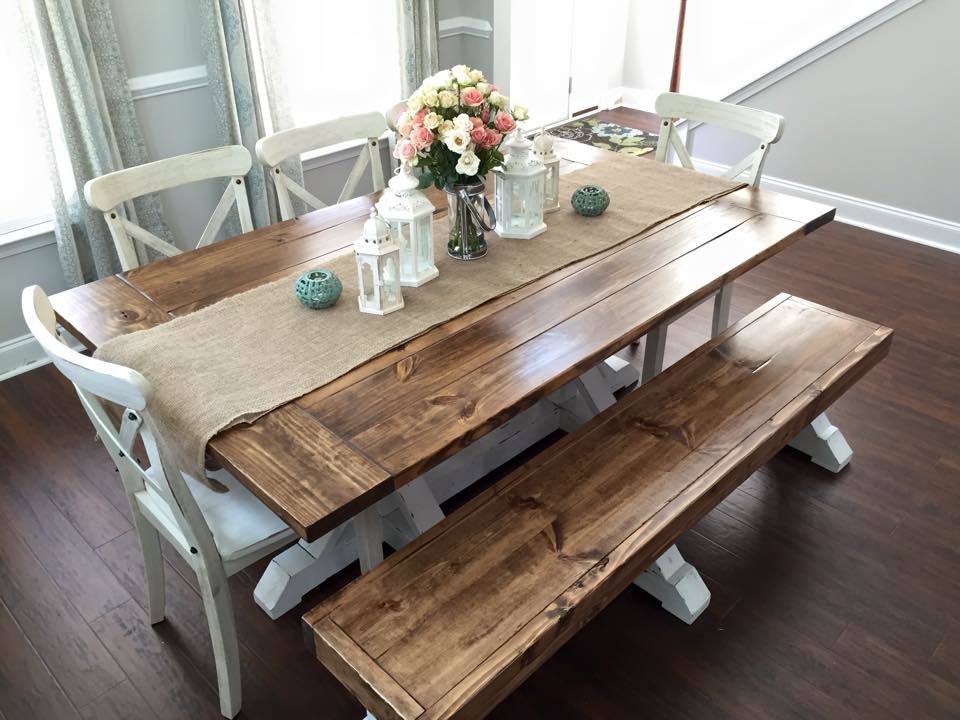Finding mold in your bathroom sink can be a frustrating and unpleasant experience. Not only is it unsightly, but it can also pose potential health risks if left untreated. Mold thrives in warm, damp environments, making bathrooms the perfect breeding ground. In this article, we will discuss the top 10 causes of mold in bathroom sinks and the best solutions for getting rid of it. Mold in Bathroom Sink: A Common Household Problem
The first step in removing mold from your bathroom sink is to properly identify the type of mold you are dealing with. There are various types of mold, and some can be more harmful than others. If you are unsure, it is best to seek professional help to ensure safe and effective removal. For smaller areas of mold, you can use a mixture of water and vinegar or a commercial mold cleaner to scrub away the mold. Be sure to wear protective gear and work in a well-ventilated area. How to Remove Mold in Bathroom Sink
Prevention is key when it comes to mold in your bathroom sink. Regularly cleaning and drying your sink after use can help prevent mold from growing. Also, be sure to fix any leaks or plumbing issues promptly, as these can create a moist environment that is perfect for mold growth. Using a dehumidifier or opening a window can also help reduce moisture in the air. Preventing Mold Growth in Bathroom Sink
There are many commercial mold removal products available on the market. Look for products that are specifically designed for use in bathrooms and have ingredients such as bleach or hydrogen peroxide, which are known to kill mold. Some popular options include Clorox Mold and Mildew Remover, Lysol Mold and Mildew Blaster, and Tilex Mold and Mildew Remover. Best Products for Removing Mold in Bathroom Sink
If you prefer a more natural approach to mold removal, there are several DIY solutions that can be effective. These include using a mixture of baking soda and water, tea tree oil, or hydrogen peroxide. These solutions are less harsh than commercial products and can be just as effective. However, always do a spot test before using on a larger area. DIY Solutions for Mold in Bathroom Sink
For larger or more severe cases of mold, it is best to seek professional help. Professional mold removal companies have the knowledge and equipment to safely and effectively remove mold from your bathroom sink. They can also identify and address any underlying issues that may be causing the mold growth. This option may be more expensive but can save you time and potential health risks in the long run. Professional Mold Removal for Bathroom Sink
Mold in bathroom sinks is often caused by a combination of factors. Some common causes include high humidity levels, poor ventilation, leaks or plumbing issues, and lack of regular cleaning and maintenance. Additionally, using certain products such as hair dye or beauty products that contain high levels of moisture can also contribute to mold growth. Common Causes of Mold in Bathroom Sink
Mold in your bathroom sink can cause various health risks, especially for those with allergies or respiratory issues. Exposure to mold can lead to symptoms such as coughing, sneezing, and eye irritation. In more severe cases, it can also cause respiratory infections or exacerbate existing health conditions. It is crucial to address mold growth in your bathroom sink promptly to protect your health and well-being. Health Risks of Mold in Bathroom Sink
Regular cleaning and maintenance of your bathroom sink can help prevent mold growth. Be sure to clean your sink at least once a week with a mild cleaner and dry it thoroughly after use. Avoid using harsh chemicals or abrasive scrubbers that can damage the sink's surface and create small crevices where mold can grow. Also, check for and fix any leaks or plumbing issues as soon as they are discovered. Tips for Cleaning and Maintaining Bathroom Sink to Prevent Mold
The most obvious sign of mold in your bathroom sink is the appearance of dark spots or discoloration. You may also notice a musty smell or feel dampness around the sink. If you see or smell any of these signs, it is important to address them immediately to prevent further mold growth. Use the methods mentioned above to remove the mold and take steps to prevent it from coming back in the future. In conclusion, mold in bathroom sinks is a common household problem that should not be ignored. By understanding the causes and taking preventative measures, you can keep your bathroom sink mold-free and maintain a healthy living environment. Remember to regularly clean and maintain your sink, address any issues promptly, and seek professional help when needed. With these tips, you can say goodbye to mold in your bathroom sink for good. Signs of Mold in Bathroom Sink and How to Address Them
The Dangers of Mold in Your Bathroom Sink
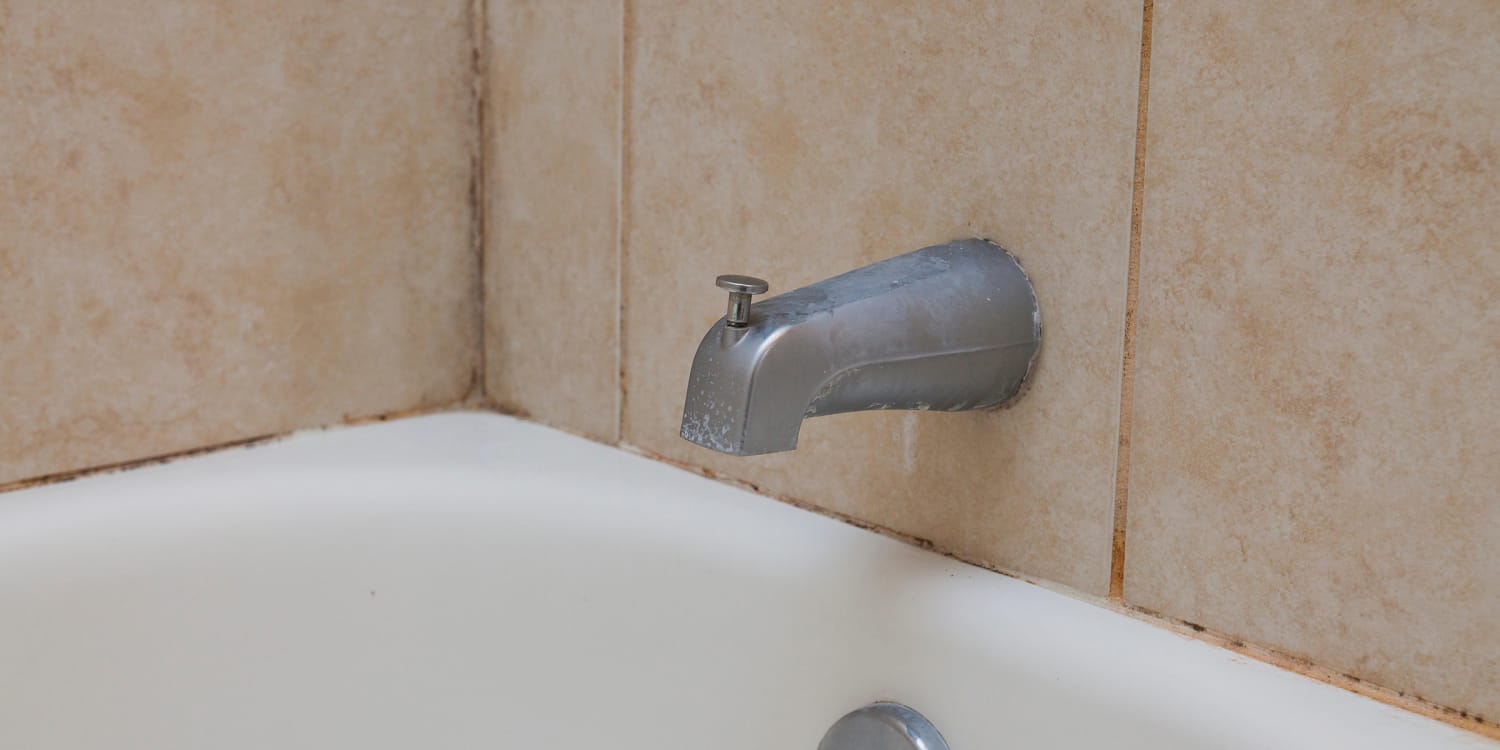
Protecting Your Home and Your Health
 When it comes to designing and decorating your home, the bathroom is often overlooked. However, it is one of the most important areas of your house as it is prone to moisture and humidity. This makes it a breeding ground for
mold
, which can not only damage the aesthetics of your bathroom, but also pose serious health risks. While most people associate mold with shower walls and ceilings, it can also grow in your
bathroom sink
, making it a potential danger zone. Here are some reasons why you should pay attention to
mold in your bathroom sink
and how you can prevent it.
When it comes to designing and decorating your home, the bathroom is often overlooked. However, it is one of the most important areas of your house as it is prone to moisture and humidity. This makes it a breeding ground for
mold
, which can not only damage the aesthetics of your bathroom, but also pose serious health risks. While most people associate mold with shower walls and ceilings, it can also grow in your
bathroom sink
, making it a potential danger zone. Here are some reasons why you should pay attention to
mold in your bathroom sink
and how you can prevent it.
The Causes of Mold Growth in Bathroom Sinks
 Mold thrives in damp and warm environments, making your bathroom sink an ideal place for it to grow. This is because moisture from daily activities like washing your hands and brushing your teeth can accumulate in the sink, creating a moist environment. Additionally, if you have a leaky faucet or pipes, this can also contribute to the growth of mold. The dark, damp area under the sink is also a prime spot for mold to flourish.
Mold thrives in damp and warm environments, making your bathroom sink an ideal place for it to grow. This is because moisture from daily activities like washing your hands and brushing your teeth can accumulate in the sink, creating a moist environment. Additionally, if you have a leaky faucet or pipes, this can also contribute to the growth of mold. The dark, damp area under the sink is also a prime spot for mold to flourish.
The Dangers of Mold in Your Bathroom Sink
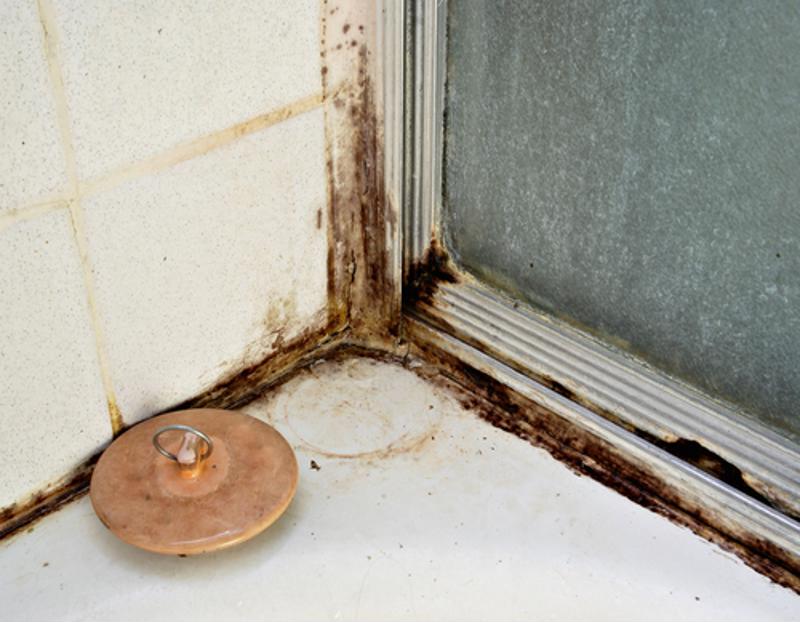 Aside from being unsightly and causing a musty odor, mold in your bathroom sink can also pose serious health risks. When mold spores are inhaled, they can irritate the respiratory system and cause symptoms like coughing, sneezing, and difficulty breathing. For those with allergies or asthma, exposure to mold can trigger severe reactions. In some cases, mold can also produce mycotoxins which can cause more severe health issues.
Aside from being unsightly and causing a musty odor, mold in your bathroom sink can also pose serious health risks. When mold spores are inhaled, they can irritate the respiratory system and cause symptoms like coughing, sneezing, and difficulty breathing. For those with allergies or asthma, exposure to mold can trigger severe reactions. In some cases, mold can also produce mycotoxins which can cause more severe health issues.
Preventing Mold Growth in Your Bathroom Sink
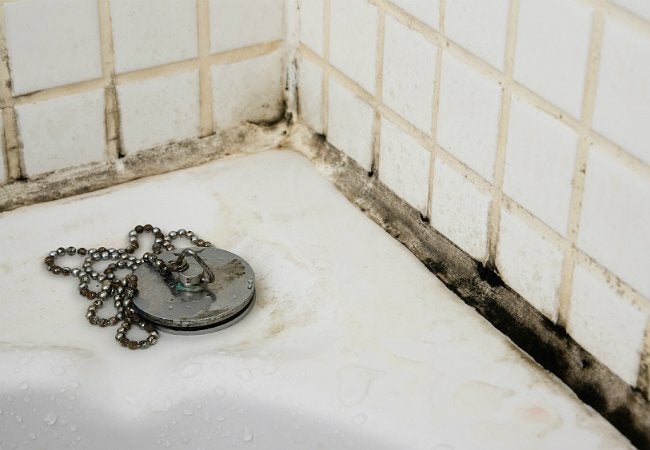 The key to preventing mold growth in your bathroom sink is to keep it dry and well-ventilated. After using the sink, make sure to wipe it down with a dry cloth to remove any excess moisture. Fix any leaks or drips in your faucet or pipes to prevent water from accumulating. You can also use a dehumidifier or open a window to improve air circulation and reduce humidity levels in your bathroom.
The key to preventing mold growth in your bathroom sink is to keep it dry and well-ventilated. After using the sink, make sure to wipe it down with a dry cloth to remove any excess moisture. Fix any leaks or drips in your faucet or pipes to prevent water from accumulating. You can also use a dehumidifier or open a window to improve air circulation and reduce humidity levels in your bathroom.
Regular Cleaning and Maintenance
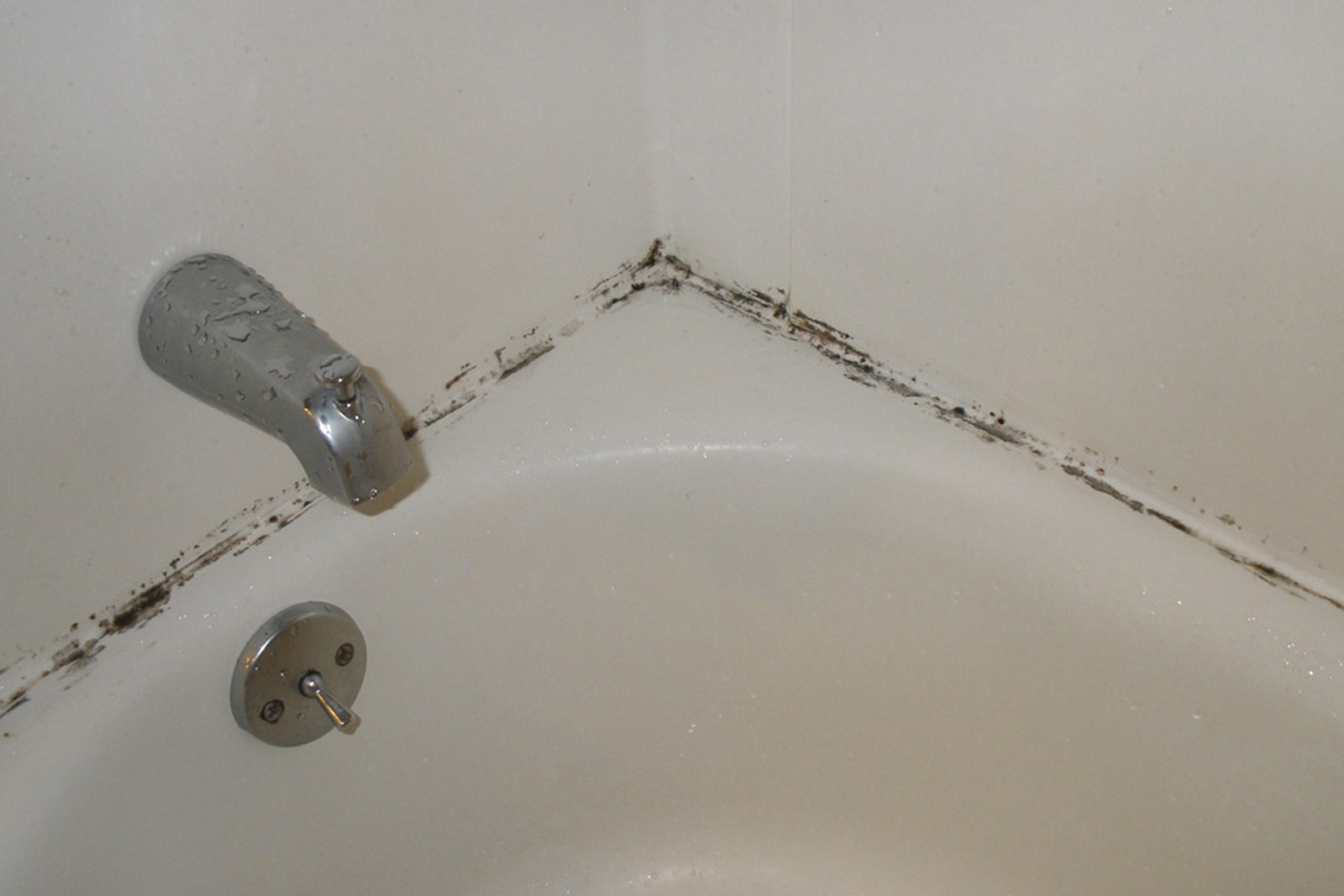 Regular cleaning and maintenance of your bathroom sink is crucial in preventing mold growth. Use a mixture of water and bleach to scrub and disinfect the sink at least once a week. Pay extra attention to the areas around the faucet and the drain where mold is most likely to grow. You can also use natural cleaning solutions like vinegar or baking soda to keep your sink clean and mold-free.
Regular cleaning and maintenance of your bathroom sink is crucial in preventing mold growth. Use a mixture of water and bleach to scrub and disinfect the sink at least once a week. Pay extra attention to the areas around the faucet and the drain where mold is most likely to grow. You can also use natural cleaning solutions like vinegar or baking soda to keep your sink clean and mold-free.
In Conclusion
 Don't overlook the importance of keeping your bathroom sink clean and dry. Mold growth in this area can not only damage your house's design, but also pose serious health hazards. By taking preventive measures and regularly cleaning and maintaining your bathroom sink, you can ensure a safe and healthy environment for you and your family. Don't let mold take over your bathroom sink, take action now to protect your home and your health.
Don't overlook the importance of keeping your bathroom sink clean and dry. Mold growth in this area can not only damage your house's design, but also pose serious health hazards. By taking preventive measures and regularly cleaning and maintaining your bathroom sink, you can ensure a safe and healthy environment for you and your family. Don't let mold take over your bathroom sink, take action now to protect your home and your health.


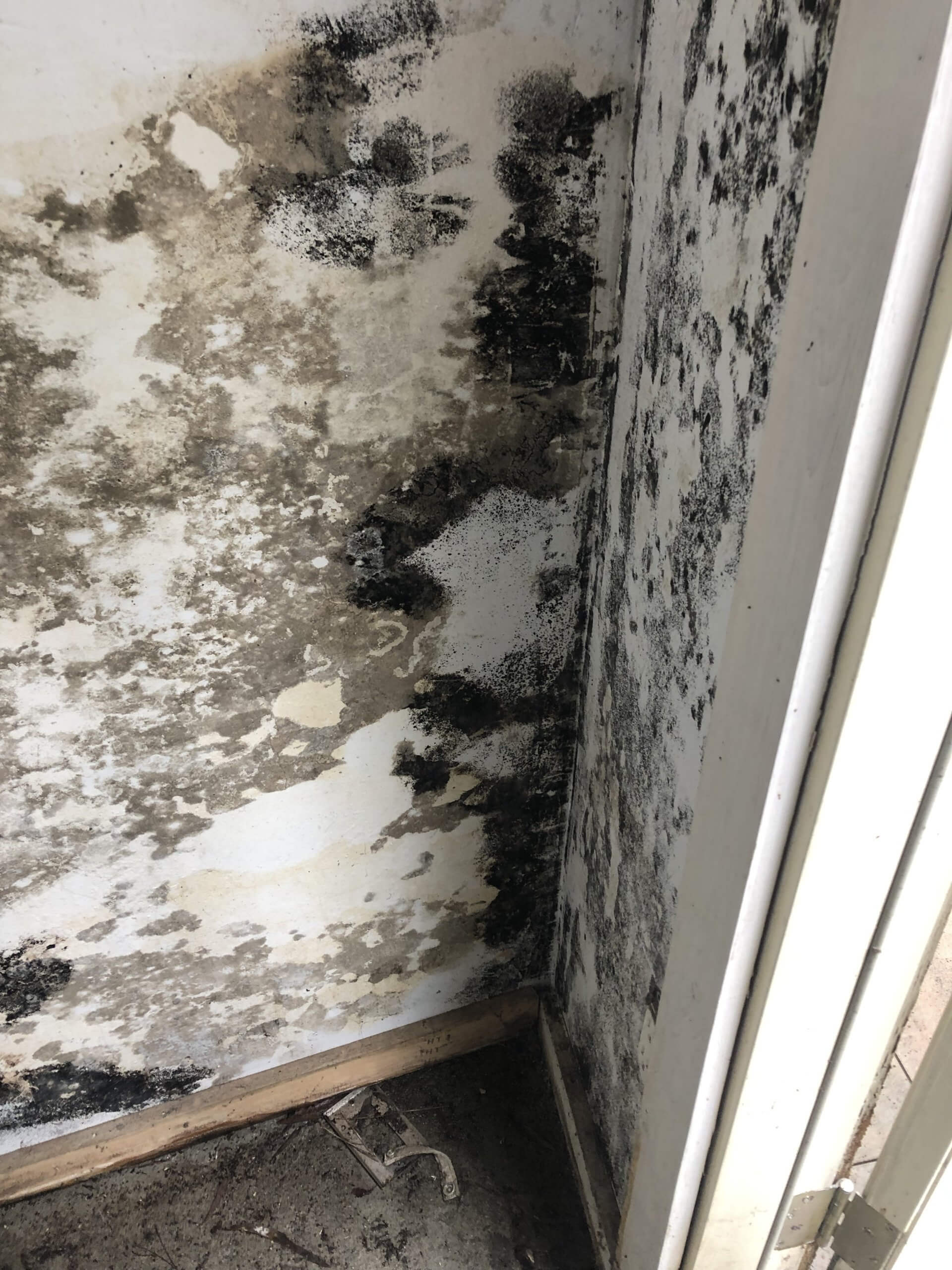


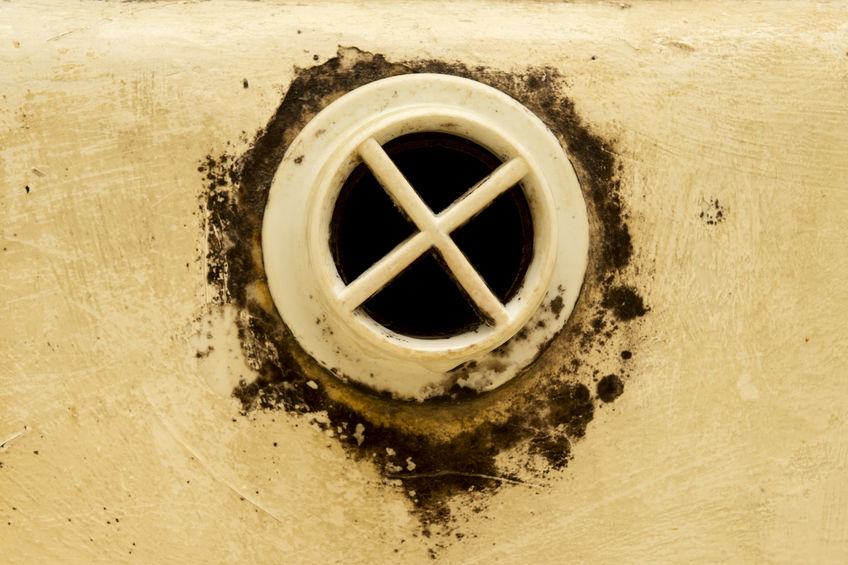




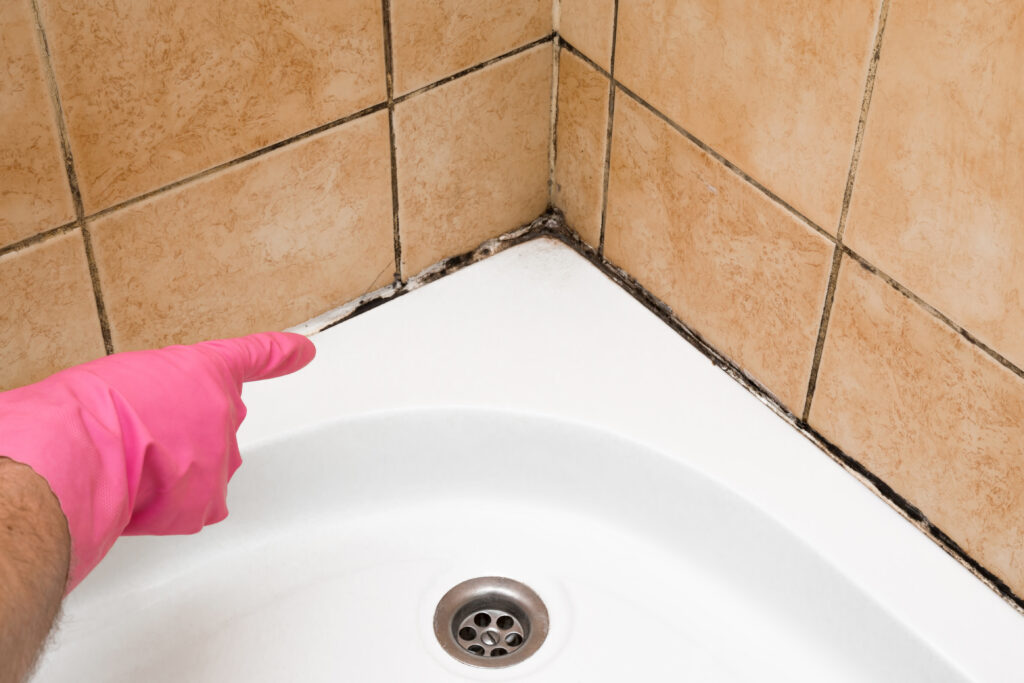









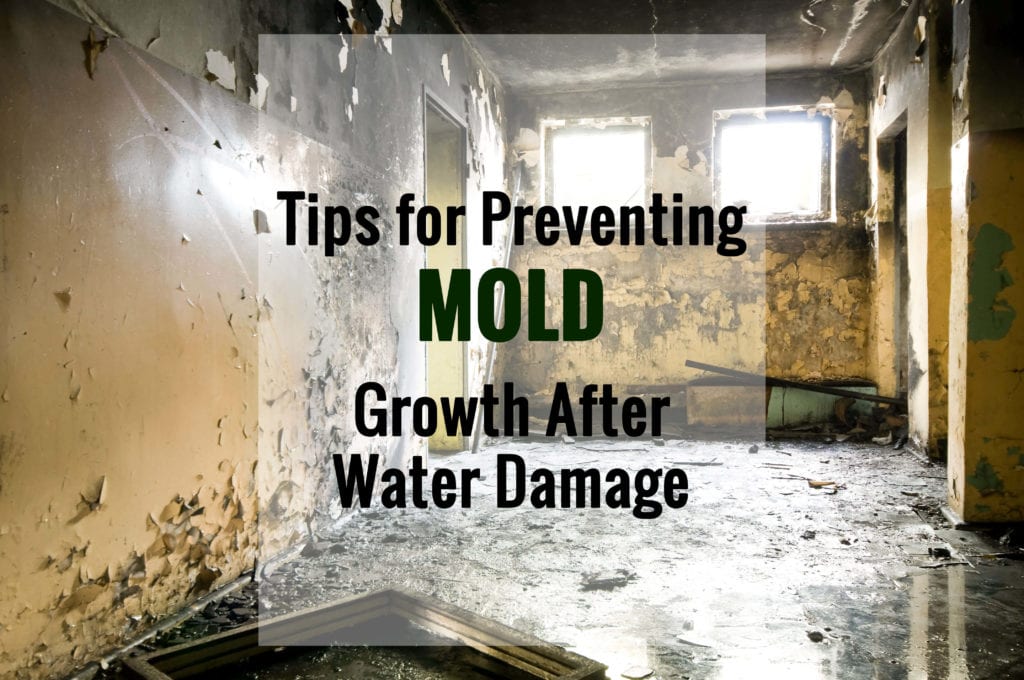
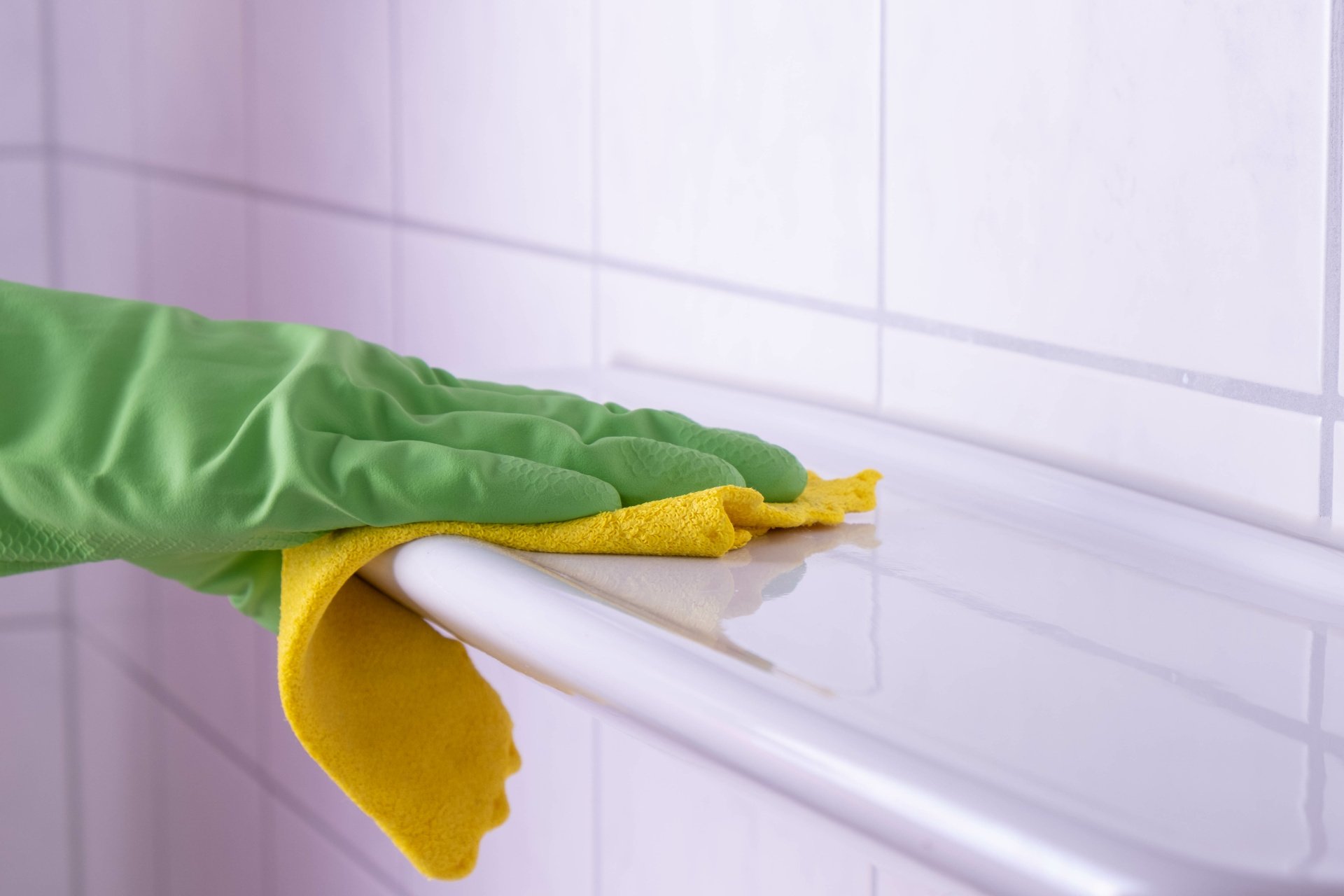
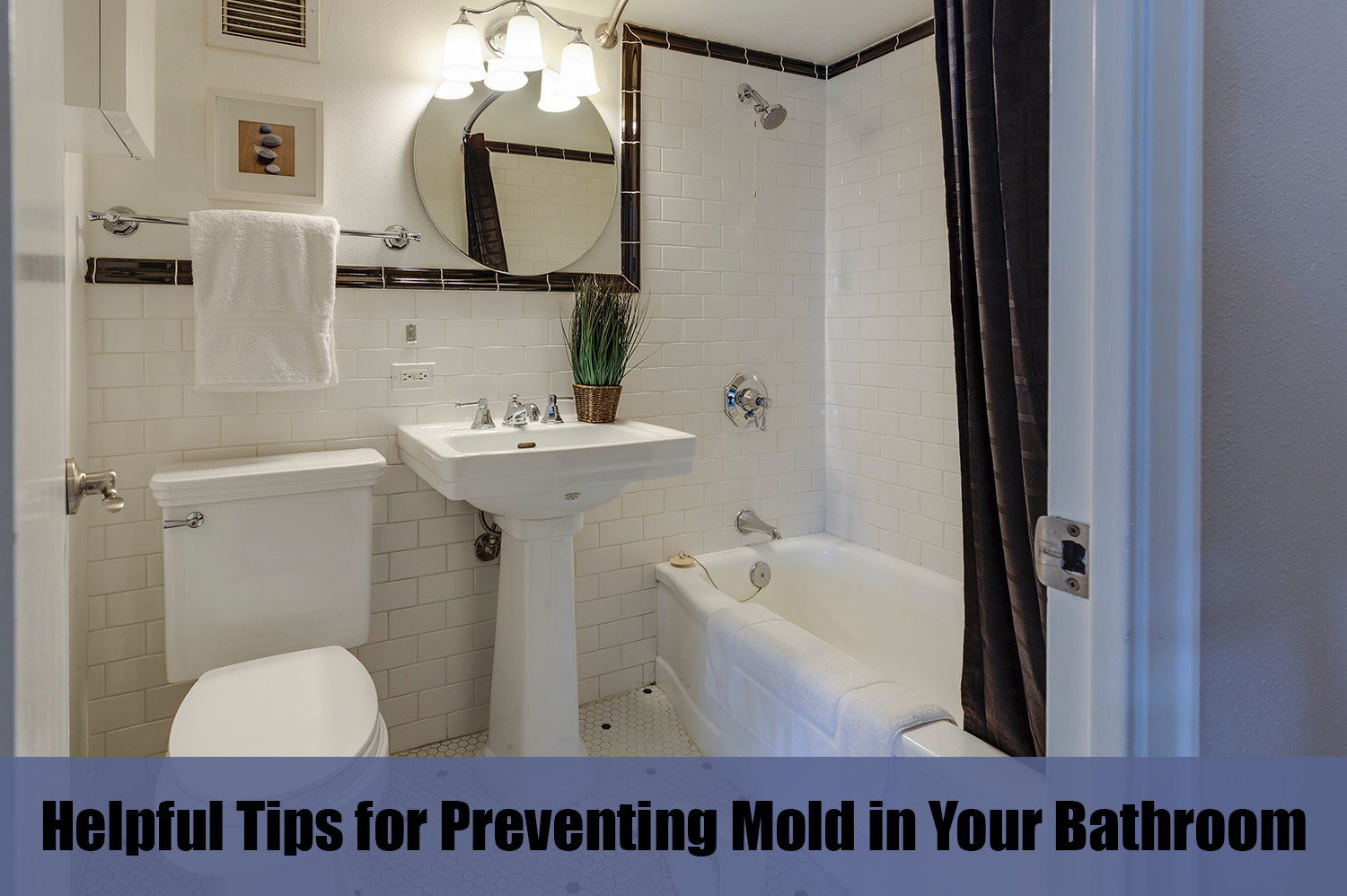


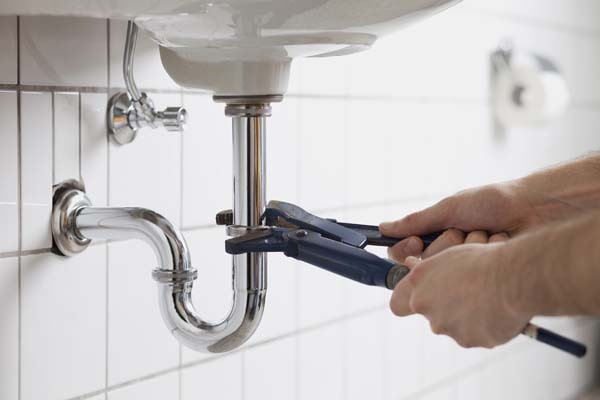



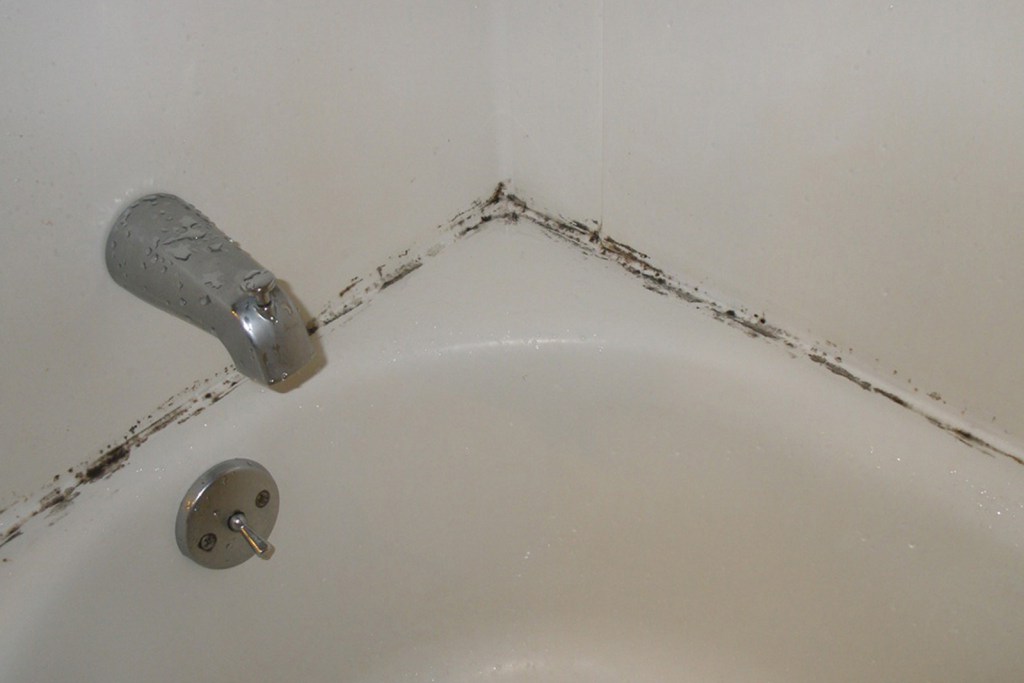




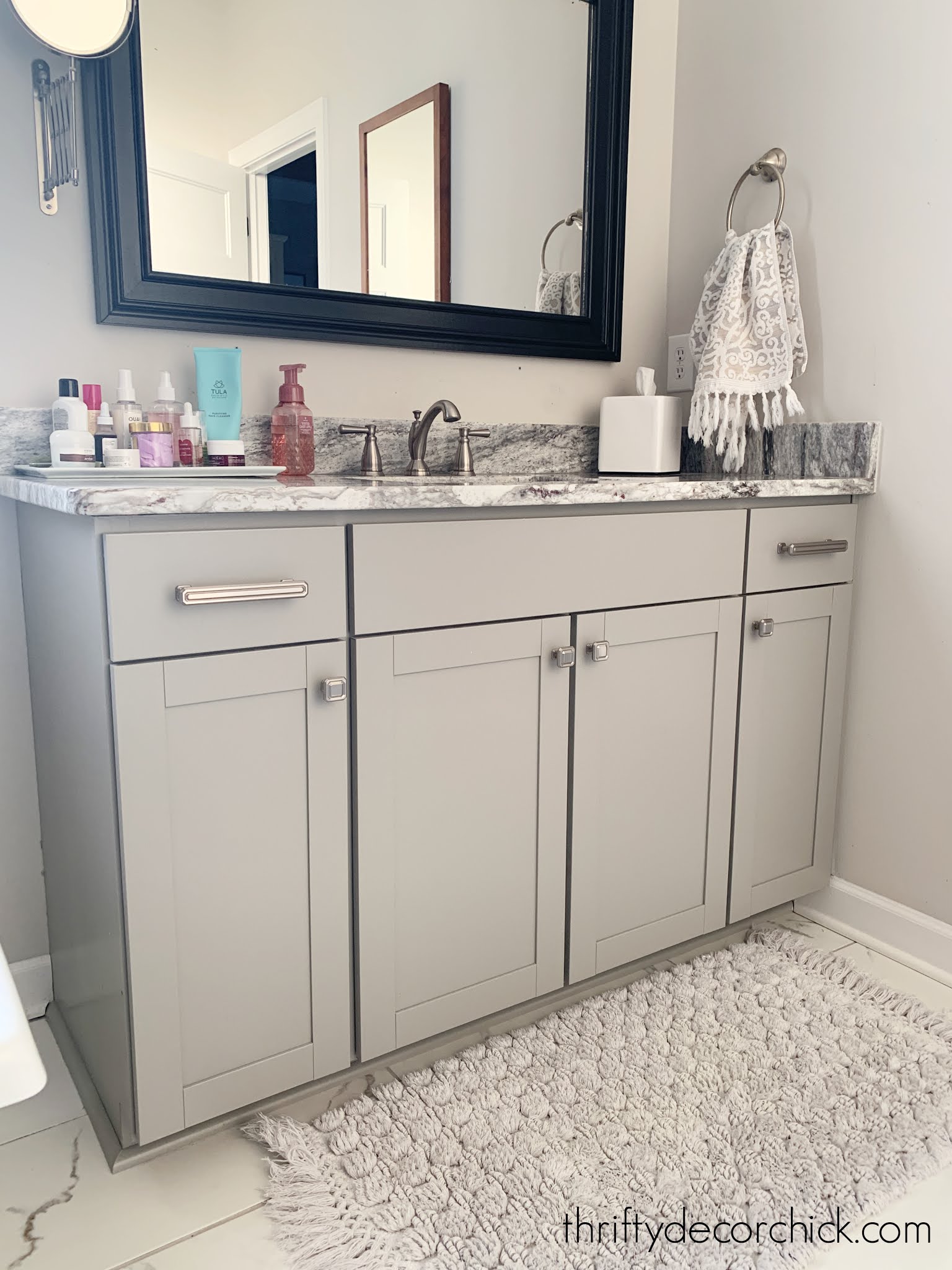








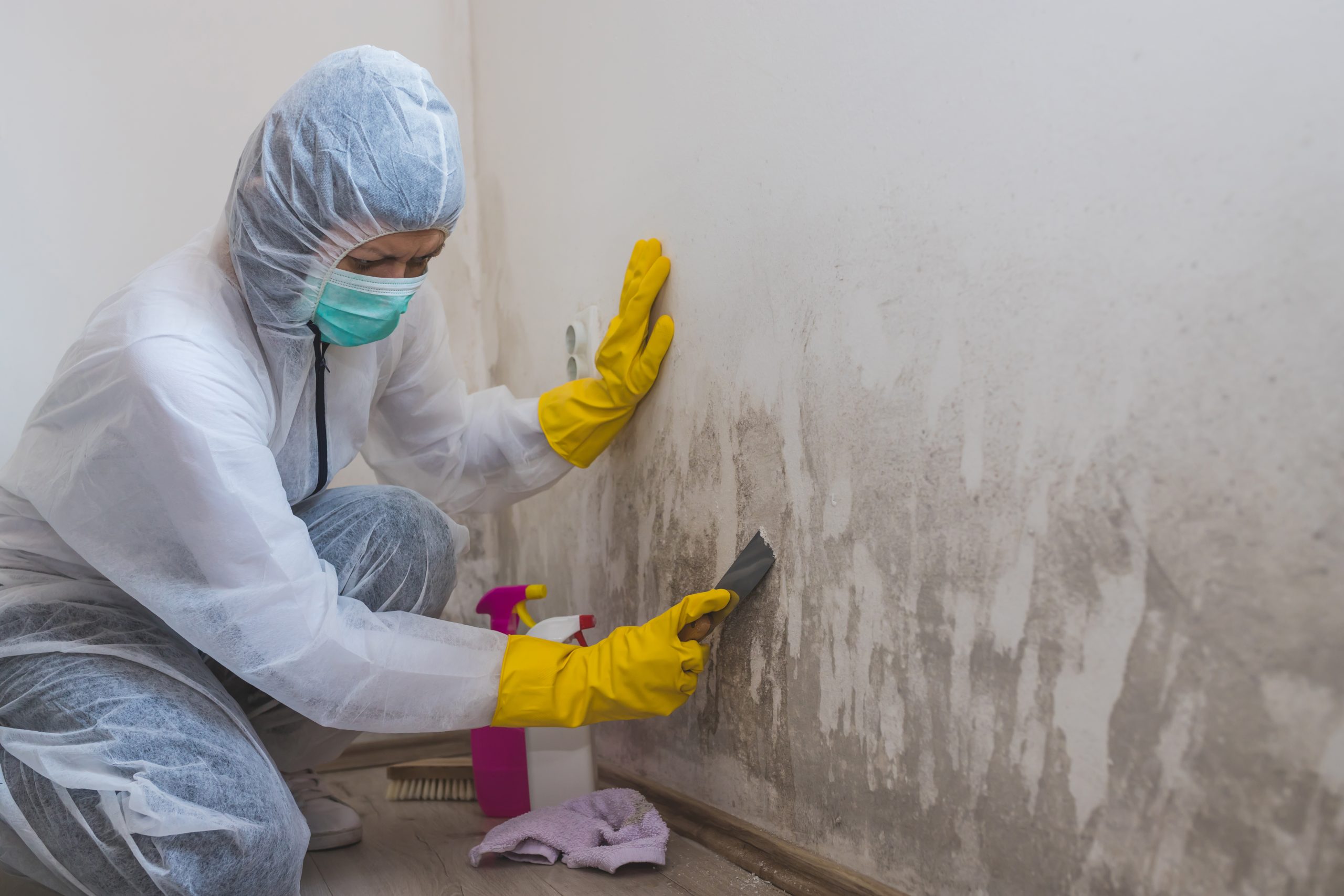





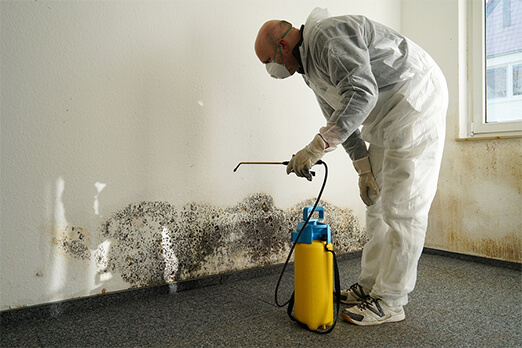





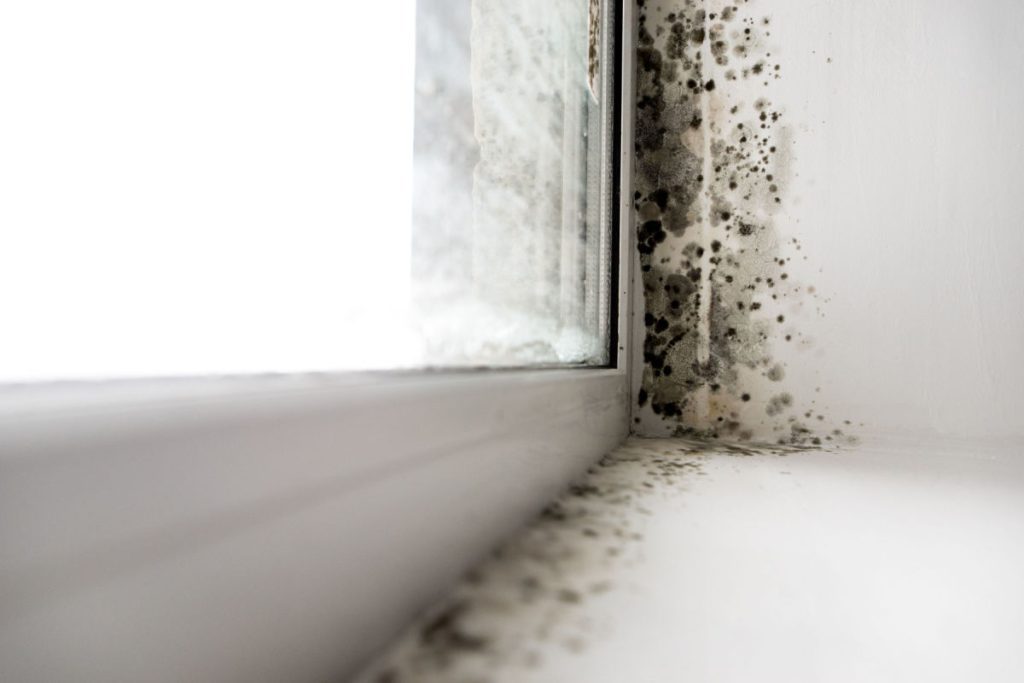





:max_bytes(150000):strip_icc()/identifying-mold-vs-mildew-4799138-final-4266e4b3d84c4401a7c1d8b6835dcc97.png)


